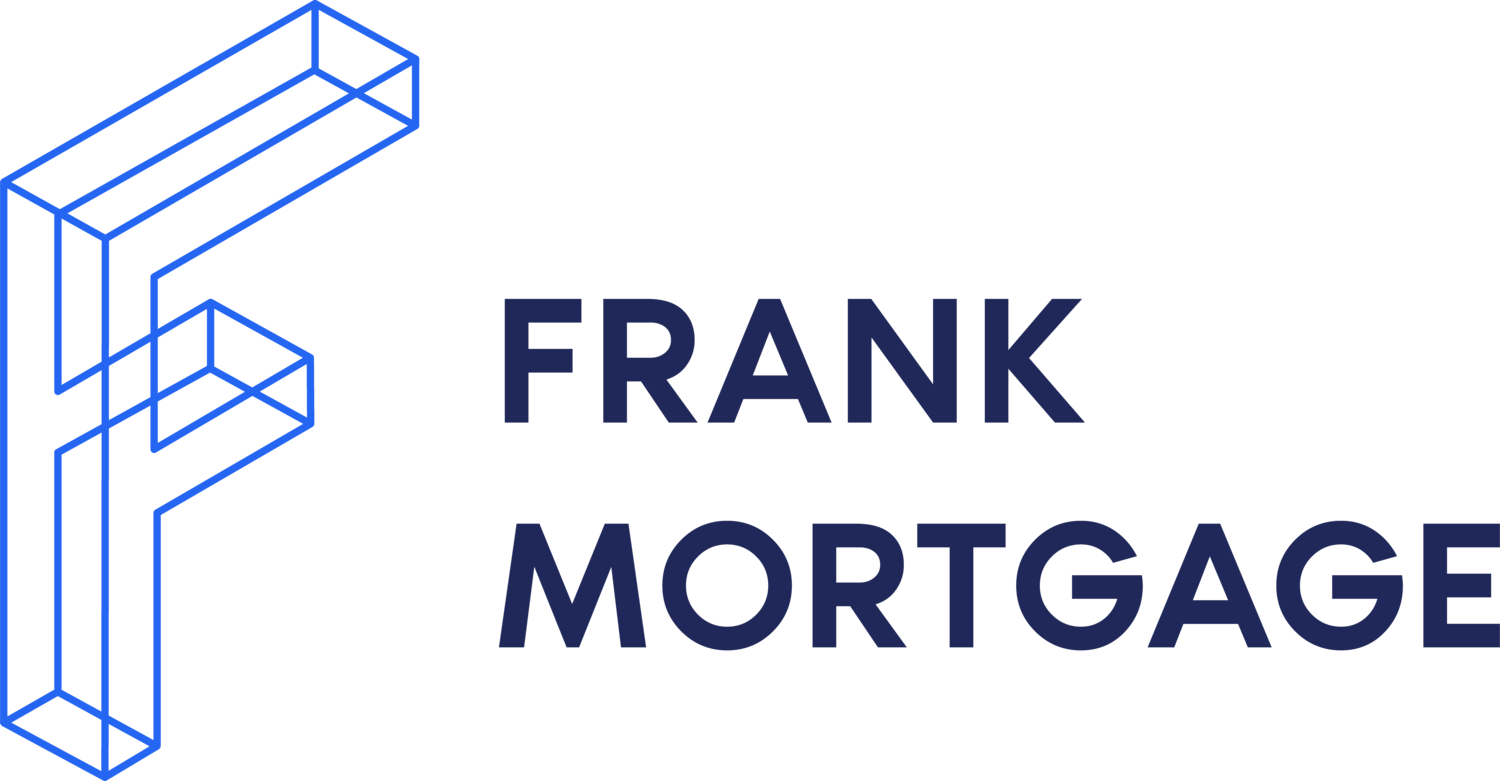Variable Mortgage Rates Are Increasing Again
The Bank of Canada Has Hiked Rates by 1.0%!
If you have a variable rate mortgage you might be wondering if the Bank of Canada hates you. Over the past four months they increased their benchmark interest rate three times, for an aggregate increase of 1.25%. Then, on July 13, 2022, in one single move, they increased rates by a full 1.0%! This is the largest single rate increase by the Bank of Canada since 1998.
The mortgage advisor that told you to take out a variable rate mortgage a year ago, didn’t foresee this. Not many did. Instead of the peace of mind of a fixed rate mortgage, you took what appeared to be a small gamble and took out a variable rate mortgage. What could go wrong?
There is no point lamenting your decision to take out a variable rate mortgage, but let’s look at the issues that this decision may have created for you and explore what you can do about it.
Variable Rate Mortgage Payment Types
There are two basic payment types for variable rate mortgages.
The first is a set payment where the monthly mortgage payment does not change if interest rates move up or down. The monthly mortgage payment is made up of an amount for interest and an amount for principal that amortizes the mortgage. If the variable rate on the mortgage changes, the amount allocated to interest changes. Your total payment will not change unless the interest rate exceeds the total payment amount, or the trigger rate is reached. Four of the big five banks in Canada offer variable rate mortgages of this type.
The second is a payment that changes when interest rates change so that the mortgage remains on the original amortization schedule. These are often referred to as adjustable-rate mortgages. With the recent increase in interest rates, holders of these mortgages have experienced an increase in their monthly mortgage payment. Most non-bank lenders have variable-rate mortgages of this type.
What is the Trigger Rate?
This is the interest rate that, once reached, causes a borrower’s variable rate mortgage payment to increase. You may not have heard of this before. Some of you may have been told that your variable rate payment won’t change. The fine print in your mortgage contract says something different. Until recently we had been in a multi-decade period of declining interest rates, where the trigger rate was never a concern. Now, suddenly it is a concern again and many borrowers are being caught by surprise.
If you have a variable rate mortgage, you should find your mortgage contract and look for the terms of the monthly payment and the trigger rate. It will be specific to your mortgage. You may still be far from that trigger rate, but it would be good to understand what it is. If you are close to or have reached your trigger rate you need to understand how the monthly payment may be increased and what that means to you. Reach out to your mortgage broker or lender if you need help.
If you don’t hit the trigger rate in an increasing interest rate environment, does that mean that you have no issues to consider? No, and the next issue is a little more complex.
Amortization True-Up
When you take out a mortgage an amortization schedule is set. Most mortgages start with a 25-year amortization period. As your monthly mortgage payments are made, there is a portion of that payment that is allocated to principal. With the amortization schedule, the lender projects how much principal will be paid each period based on the mortgage interest rate on the closing date.
For set payment variable-rate mortgages, when the amount of the mortgage payment allocated to interest increases, the amount allocated to principal decreases. In other words, the amount of principal actually paid to principal is less than the amount expected to be paid each month according to the amortization schedule set at the closing of your mortgage.
You may not care much for this math, but your lender does. You entered into a mortgage with a 25-year amortization period that is supposed to have a certain principal balance when the current term of the mortgage ends. Rates have increased and when the current term of your variable rate mortgage ends the principal balance of the mortgage is going to be larger than projected. If this happens, the lender will want to return the mortgage back to its original amortization schedule when you renew the mortgage.
Uh oh, this sounds like a negative for a borrower. And it is. You may be required to make a lump sum principal payment at the maturity of the current mortgage term to bring things back in line. If you are unable to do that then you will need to refinance the mortgage, either with your current lender or with another lender for the remaining balance payable.
This is an unpleasant variable-rate mortgage feature that has been ignored for years. In fact, many mortgage professionals were not even aware of this feature. Sudden, dramatic increases in interest rates are not an everyday thing.
Variable vs Adjustable-Rate Mortgages
At the end of the current term of either of these variable-rate mortgage types, the lender expects the principal balance to be as scheduled. An adjustable-rate mortgage requires your mortgage payment to adjust as rates change to keep things in line. A variable rate mortgage with a set payment requires a true-up at the end of term. Two different products, the same risk, different mechanics, the same outcome – all variable-rate mortgage types cost you more when rates increase.
Variable vs Fixed Rates
When rates are declining, many market participants get excited about the benefit of variable rate mortgages. As we are clearly being reminded now, rates don’t always decline. A fixed rate mortgage may be more expensive at the time you get your mortgage, but it provides peace of mind. Variable rate mortgages have unique risks. Despite this, a record number of Canadians have recently opted for variable-rate mortgages. Enticed by the fact that variable rates are lower than fixed rates, the risks have been overlooked.
At Frank Mortgage we continue to believe that fixed rate mortgages are best for most Canadian mortgage borrowers. Those that have strong confidence in their interest rate view, a high-risk tolerance, or access to alternate liquidity may be best suited for a variable-rate mortgage. That is not most of us.
Mortgage Rates Have Increased – What Now?
The risk that rates continue to increase is real. The risk that inflation stays persistently high is real. However, some pundits say if we go into a recession, that the Bank of Canada will start to reduce rates again, perhaps before the end of this year. We find it difficult to recommend that homeowners bet on that outcome. Our bias is to advise our clients to secure their financing in a manner that allows them to sleep at night.
If you are in the market for a mortgage today, assess your risk tolerance and budget to make a rate decision that is right for you. Fixed rates may be higher than they were a few months ago but they allow you to secure stable financing and have peace of mind.
If you have a variable-rate mortgage, take a close look at your mortgage contract to understand your exposure to interest rates. If you have an adjustable-rate mortgage you have been seeing the impacts recently as your monthly mortgage payments have increased. Maybe you don’t need to make any changes but that is subject to your risk tolerance and budget. Rates may continue to increase in the coming months, but they may eventually decline again. Do you want that exposure?
If you are risk adverse, perhaps converting your variable-rate mortgage to a fixed rate is something you should consider. This can be expensive and has implications for your prepayment flexibility, but it could reduce your exposure to continuing rate increases.
If you are in the market for a new mortgage and are considering a variable-rate mortgage, take the opportunity to fully understand what you are getting into. With a variable-rate mortgage, there is no avoiding incremental cost if rates increase. You need to understand the impact a variable-rate mortgage will have on your budget. Ask your mortgage broker or lender about the trigger rate and amortization features of the mortgage to avoid the surprises that many current variable-rate mortgage borrowers are experiencing. You should also note that now that variable rates are above 4%, the stress test rate used by lenders to qualify you will be the mortgage rate plus 2%. The 5.25% qualifying rate no longer applies.
Consult a Mortgage Expert
If the current economic environment has you feeling uncertain, or if you need advice on what all these mortgage terms may mean to you, consult a mortgage expert. Be careful to choose an advisor that is focused on your needs and is not trying to sell you on a new mortgage simply to earn fees. Even if it doesn’t mean a transaction for them today, the best advisors are looking to help you over the long term. This is about you, not the advisor.
At Frank Mortgage we have licensed mortgage brokers and agents that are available to help. You can call us at 1-888-850-1337.

Don Scott
Don Scott is the founder of a challenger mortgage brokerage that is focused on improving access to mortgages. We can eliminate traditional biases and market restrictions through the use of technology to deliver a mortgage experience focused on the customer. Frankly, getting a mortgage doesn't have to be stressful.
Connect with Don on LinkedIn!

